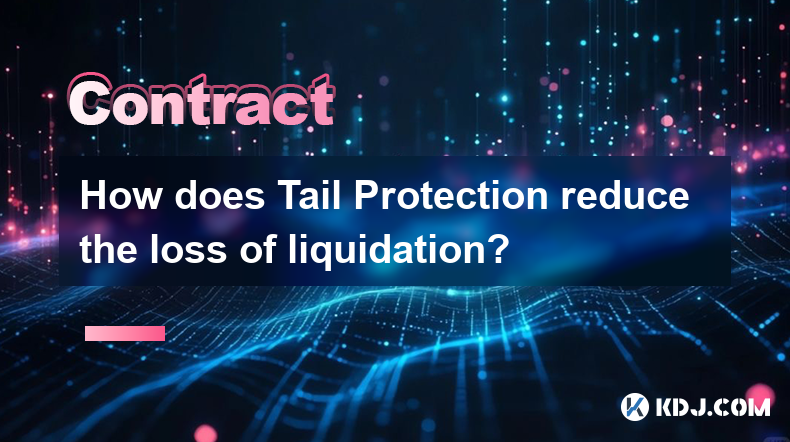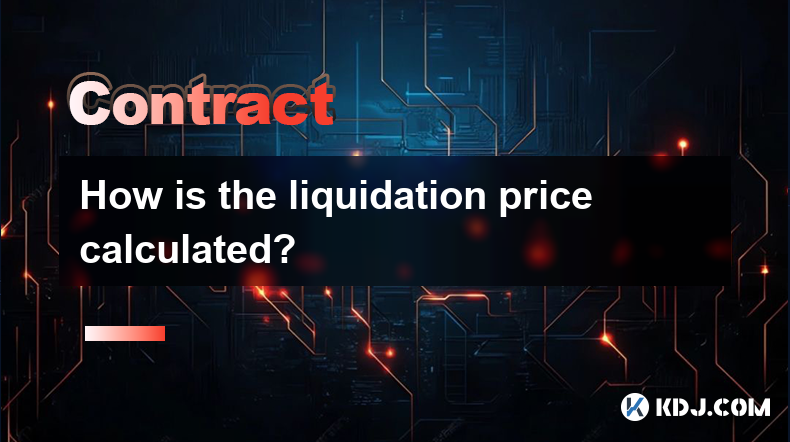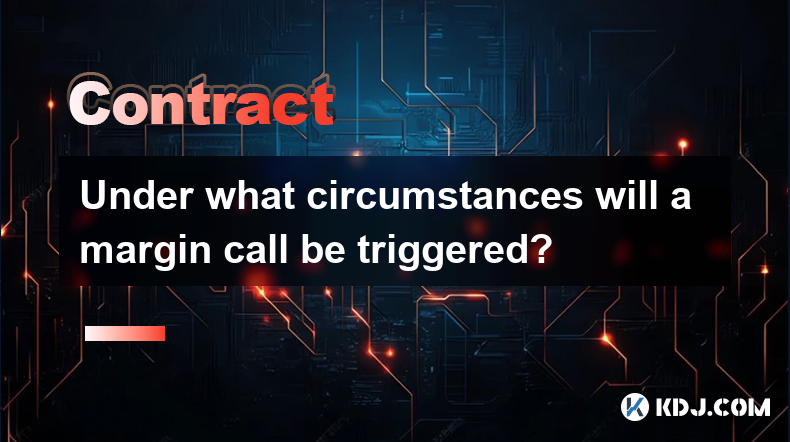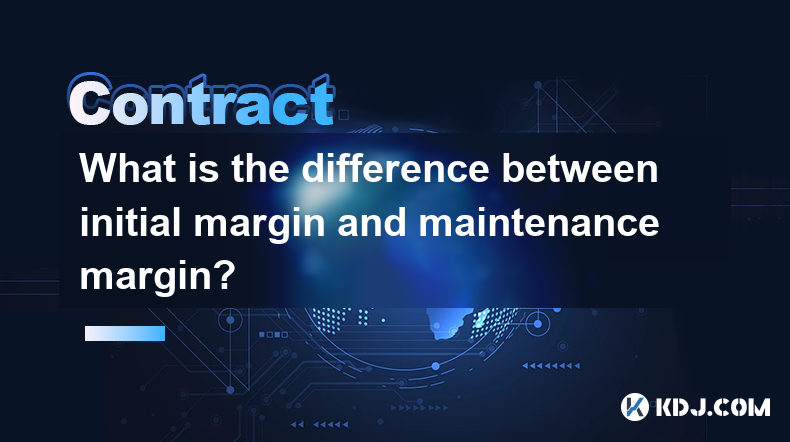-
 Bitcoin
Bitcoin $83,159.2924
3.30% -
 Ethereum
Ethereum $1,553.1922
0.80% -
 Tether USDt
Tether USDt $0.9995
0.02% -
 XRP
XRP $2.0146
0.93% -
 BNB
BNB $585.4842
1.16% -
 Solana
Solana $120.5794
5.03% -
 USDC
USDC $0.9999
0.00% -
 Dogecoin
Dogecoin $0.1585
1.06% -
 TRON
TRON $0.2420
2.56% -
 Cardano
Cardano $0.6199
-0.48% -
 UNUS SED LEO
UNUS SED LEO $9.3355
-0.83% -
 Chainlink
Chainlink $12.5523
1.28% -
 Avalanche
Avalanche $18.9709
2.17% -
 Stellar
Stellar $0.2332
0.12% -
 Shiba Inu
Shiba Inu $0.0...01215
2.19% -
 Sui
Sui $2.1773
0.99% -
 Hedera
Hedera $0.1666
-3.18% -
 Toncoin
Toncoin $2.8330
-3.73% -
 Bitcoin Cash
Bitcoin Cash $312.9224
5.99% -
 MANTRA
MANTRA $6.4126
-0.68% -
 Litecoin
Litecoin $75.4754
0.65% -
 Polkadot
Polkadot $3.5440
0.42% -
 Dai
Dai $0.9999
0.02% -
 Bitget Token
Bitget Token $4.3297
2.11% -
 Hyperliquid
Hyperliquid $15.4245
5.95% -
 Ethena USDe
Ethena USDe $0.9987
0.01% -
 Pi
Pi $0.6438
8.19% -
 Monero
Monero $209.0819
3.60% -
 Uniswap
Uniswap $5.1706
0.84% -
 OKB
OKB $52.9695
-1.14%
How to trade leveraged futures on BitMEX?
Trading leveraged futures on BitMEX involves setting up an account, understanding leverage and margin, and using risk management strategies to maximize potential returns while minimizing risks.
Apr 07, 2025 at 08:56 pm

Trading leveraged futures on BitMEX can be an exciting way to engage with the cryptocurrency market. BitMEX, short for Bitcoin Mercantile Exchange, is a popular platform known for its high leverage and sophisticated trading tools. To trade leveraged futures on BitMEX effectively, it's essential to understand the platform's mechanics, the risks involved, and the strategies that can help maximize potential returns. This guide will walk you through the process, from setting up your account to executing trades and managing your positions.
Getting Started with BitMEX
Before you can start trading leveraged futures on BitMEX, you need to set up an account. Here's how you can do it:
- Visit the BitMEX website and click on the "Register" button.
- Fill out the registration form with your email address and a strong password.
- Verify your email address by clicking on the confirmation link sent to your inbox.
- Complete the KYC (Know Your Customer) process if required. BitMEX may ask for identity verification depending on your location and trading activity.
Once your account is set up, you'll need to deposit funds. BitMEX supports deposits in Bitcoin (BTC) and other cryptocurrencies. To deposit funds:
- Navigate to the "Account" section and select "Deposit."
- Choose the cryptocurrency you want to deposit and generate a deposit address.
- Send your funds to the provided address. It may take some time for the transaction to be confirmed on the blockchain.
Understanding Leveraged Futures
Leveraged futures allow traders to control a larger position with a smaller amount of capital. On BitMEX, you can trade futures contracts with leverage up to 100x. Here's how it works:
- Futures Contracts: These are agreements to buy or sell an asset at a future date at a predetermined price. On BitMEX, the most popular futures contract is the XBTUSD, which tracks the price of Bitcoin against the US Dollar.
- Leverage: This is the ability to borrow funds to increase your trading position. For example, with 100x leverage, you can control a position worth 100 times your initial margin.
- Margin: This is the amount of capital you need to open and maintain a leveraged position. BitMEX uses a system called cross-margin, where your entire account balance is used to support your positions.
Placing a Leveraged Futures Trade
To place a leveraged futures trade on BitMEX, follow these steps:
- Navigate to the "Trade" section and select the futures contract you want to trade, such as XBTUSD.
- Choose your leverage level. You can adjust this by clicking on the "Leverage" button and selecting a value from 1x to 100x.
- Decide whether you want to go long (buy) or short (sell). Going long means you expect the price to rise, while going short means you expect the price to fall.
- Enter the amount you want to trade in the "Quantity" field. This is the number of contracts you want to buy or sell.
- Set your entry price. You can choose to enter the market at the current price or set a limit order to enter at a specific price.
- Click "Buy" or "Sell" to execute your trade.
Managing Your Positions
Once you have open positions, it's crucial to manage them effectively to minimize risk and maximize potential returns. Here are some key aspects to consider:
- Monitoring Your Positions: Keep an eye on your open positions and the market conditions. BitMEX provides real-time data and charts to help you stay informed.
- Setting Stop Loss and Take Profit Orders: These orders can help you limit your losses and lock in profits. A stop loss order will automatically close your position if the price moves against you by a certain amount, while a take profit order will close your position when the price reaches a favorable level.
- Adjusting Leverage: You can adjust the leverage on your positions at any time. If the market becomes volatile, you may want to reduce your leverage to lower your risk.
- Closing Positions: You can close your positions manually by clicking on the "Close" button next to the position in the "Positions" tab. Alternatively, you can set a market order to close your position at the current market price.
Risk Management Strategies
Trading leveraged futures can be highly profitable, but it also comes with significant risks. Here are some strategies to help you manage those risks:
- Use Proper Position Sizing: Only risk a small percentage of your account balance on any single trade. A common rule of thumb is to risk no more than 1-2% of your account on a single trade.
- Diversify Your Trades: Don't put all your eggs in one basket. Consider trading multiple assets or using different strategies to spread your risk.
- Stay Informed: Keep up with market news and developments that could impact the price of the assets you're trading. BitMEX provides a news feed and other resources to help you stay informed.
- Use Risk Management Tools: BitMEX offers various tools to help you manage risk, such as stop loss and take profit orders, as well as the ability to set custom alerts.
Advanced Trading Strategies
Once you're comfortable with the basics of trading leveraged futures on BitMEX, you can explore more advanced strategies to enhance your trading performance. Here are a few to consider:
- Scalping: This involves making quick trades to take advantage of small price movements. Scalpers typically use high leverage and aim to make multiple small profits throughout the day.
- Swing Trading: This strategy involves holding positions for a few days to a few weeks to capitalize on larger price swings. Swing traders often use technical analysis to identify entry and exit points.
- Arbitrage: This involves taking advantage of price differences between different markets or exchanges. For example, you could buy a futures contract on BitMEX and sell a similar contract on another exchange if there's a price discrepancy.
- Hedging: This strategy involves taking positions that offset each other to reduce risk. For example, if you own Bitcoin, you could short a Bitcoin futures contract on BitMEX to hedge against a potential price drop.
Common Questions About Trading Leveraged Futures on BitMEX
Q: What is the maximum leverage available on BitMEX?
A: BitMEX offers leverage up to 100x on its futures contracts. This means you can control a position worth 100 times your initial margin.
Q: How do I deposit funds on BitMEX?
A: To deposit funds on BitMEX, navigate to the "Account" section, select "Deposit," choose the cryptocurrency you want to deposit, and send your funds to the provided address.
Q: What is the difference between going long and going short?
A: Going long means you expect the price to rise, so you buy a futures contract. Going short means you expect the price to fall, so you sell a futures contract.
Q: How can I manage my risk when trading leveraged futures on BitMEX?
A: You can manage your risk by using proper position sizing, diversifying your trades, staying informed about market conditions, and using risk management tools like stop loss and take profit orders.
Q: What are some advanced trading strategies I can use on BitMEX?
A: Some advanced strategies include scalping, swing trading, arbitrage, and hedging. Each strategy has its own set of risks and potential rewards, so it's important to understand them thoroughly before implementing them in your trading.
Q: Can I trade leveraged futures on BitMEX without completing KYC?
A: Depending on your location and trading activity, BitMEX may require you to complete the KYC process. It's best to check the platform's requirements before starting to trade.
Q: How do I set a stop loss order on BitMEX?
A: To set a stop loss order on BitMEX, go to the "Orders" tab, select "Stop," enter the stop price at which you want your position to be closed, and click "Place Order."
Q: What happens if my position gets liquidated on BitMEX?
A: If your position gets liquidated, it means the market has moved against you to the point where your margin is no longer sufficient to support your position. BitMEX will automatically close your position to prevent further losses, and you may lose your entire margin.
Q: Can I trade other cryptocurrencies besides Bitcoin on BitMEX?
A: Yes, BitMEX offers futures contracts for various cryptocurrencies, including Ethereum (ETH), Ripple (XRP), and others. You can find these contracts in the "Trade" section of the platform.
Q: How do I withdraw funds from BitMEX?
A: To withdraw funds from BitMEX, go to the "Account" section, select "Withdraw," choose the cryptocurrency you want to withdraw, enter the amount and your withdrawal address, and click "Withdraw."
Disclaimer:info@kdj.com
The information provided is not trading advice. kdj.com does not assume any responsibility for any investments made based on the information provided in this article. Cryptocurrencies are highly volatile and it is highly recommended that you invest with caution after thorough research!
If you believe that the content used on this website infringes your copyright, please contact us immediately (info@kdj.com) and we will delete it promptly.
- SEI Price Formed a Falling Wedge Pattern, Which Historically Signaled a Bullish Breakout
- 2025-04-12 11:00:13
- Cardano (ADA) Builds Toward $0.90 Milestone Amid Renewed Optimism
- 2025-04-12 11:00:13
- Does Stake.us Use Real Money? Here's The Truth About Their Games and How to Get Free Stake Cash (SC)
- 2025-04-12 10:55:13
- The Bank of England’s Financial Policy Committee (FPC) said in its April 2025 record that while stablecoins continue to grow in scale and relevance
- 2025-04-12 10:55:13
- Troller Cat ($TCAT) - The New Meme Coin You Shouldn't Miss
- 2025-04-12 10:50:13
- Priced at Just $0.025, This Emerging DeFi Crypto Is Attracting Long-Term Investors
- 2025-04-12 10:50:13
Related knowledge

How does Tail Protection reduce the loss of liquidation?
Apr 11,2025 at 01:50am
Introduction to Tail Protection in CryptocurrencyTail Protection is a mechanism designed to mitigate the risks associated with liquidation in cryptocurrency trading. Liquidation occurs when a trader's position is forcibly closed by the exchange due to insufficient margin to cover potential losses. This often happens in leveraged trading, where traders b...

How to judge the market trend by the position volume?
Apr 11,2025 at 02:29pm
Understanding how to judge the market trend by position volume is crucial for any cryptocurrency trader. Position volume, which refers to the total number of open positions in a particular cryptocurrency, can provide valuable insights into market sentiment and potential price movements. By analyzing this data, traders can make more informed decisions ab...

Why does a perpetual contract have no expiration date?
Apr 09,2025 at 08:43pm
Perpetual contracts, also known as perpetual futures or perpetual swaps, are a type of derivative product that has gained significant popularity in the cryptocurrency market. Unlike traditional futures contracts, which have a fixed expiration date, perpetual contracts do not expire. This unique feature raises the question: why does a perpetual contract ...

How is the liquidation price calculated?
Apr 12,2025 at 01:35am
Introduction to Liquidation PriceLiquidation price is a critical concept in the world of cryptocurrency trading, particularly when dealing with leveraged positions. Understanding how this price is calculated is essential for traders to manage their risk effectively. The liquidation price is the point at which a trader's position is forcibly closed by th...

Under what circumstances will a margin call be triggered?
Apr 08,2025 at 02:43pm
Margin trading in the cryptocurrency market allows traders to borrow funds to increase their trading position, potentially amplifying both gains and losses. A critical aspect of margin trading is understanding when a margin call might be triggered, as it can significantly impact your trading strategy and financial health. In this article, we will explor...

What is the difference between initial margin and maintenance margin?
Apr 11,2025 at 01:14pm
In the world of cryptocurrency trading, understanding the concepts of initial margin and maintenance margin is crucial for managing risk and maximizing potential returns. These terms are fundamental to margin trading, a practice that allows traders to borrow funds to increase their trading position. Let's delve into the differences between initial margi...

How does Tail Protection reduce the loss of liquidation?
Apr 11,2025 at 01:50am
Introduction to Tail Protection in CryptocurrencyTail Protection is a mechanism designed to mitigate the risks associated with liquidation in cryptocurrency trading. Liquidation occurs when a trader's position is forcibly closed by the exchange due to insufficient margin to cover potential losses. This often happens in leveraged trading, where traders b...

How to judge the market trend by the position volume?
Apr 11,2025 at 02:29pm
Understanding how to judge the market trend by position volume is crucial for any cryptocurrency trader. Position volume, which refers to the total number of open positions in a particular cryptocurrency, can provide valuable insights into market sentiment and potential price movements. By analyzing this data, traders can make more informed decisions ab...

Why does a perpetual contract have no expiration date?
Apr 09,2025 at 08:43pm
Perpetual contracts, also known as perpetual futures or perpetual swaps, are a type of derivative product that has gained significant popularity in the cryptocurrency market. Unlike traditional futures contracts, which have a fixed expiration date, perpetual contracts do not expire. This unique feature raises the question: why does a perpetual contract ...

How is the liquidation price calculated?
Apr 12,2025 at 01:35am
Introduction to Liquidation PriceLiquidation price is a critical concept in the world of cryptocurrency trading, particularly when dealing with leveraged positions. Understanding how this price is calculated is essential for traders to manage their risk effectively. The liquidation price is the point at which a trader's position is forcibly closed by th...

Under what circumstances will a margin call be triggered?
Apr 08,2025 at 02:43pm
Margin trading in the cryptocurrency market allows traders to borrow funds to increase their trading position, potentially amplifying both gains and losses. A critical aspect of margin trading is understanding when a margin call might be triggered, as it can significantly impact your trading strategy and financial health. In this article, we will explor...

What is the difference between initial margin and maintenance margin?
Apr 11,2025 at 01:14pm
In the world of cryptocurrency trading, understanding the concepts of initial margin and maintenance margin is crucial for managing risk and maximizing potential returns. These terms are fundamental to margin trading, a practice that allows traders to borrow funds to increase their trading position. Let's delve into the differences between initial margi...
See all articles























































































